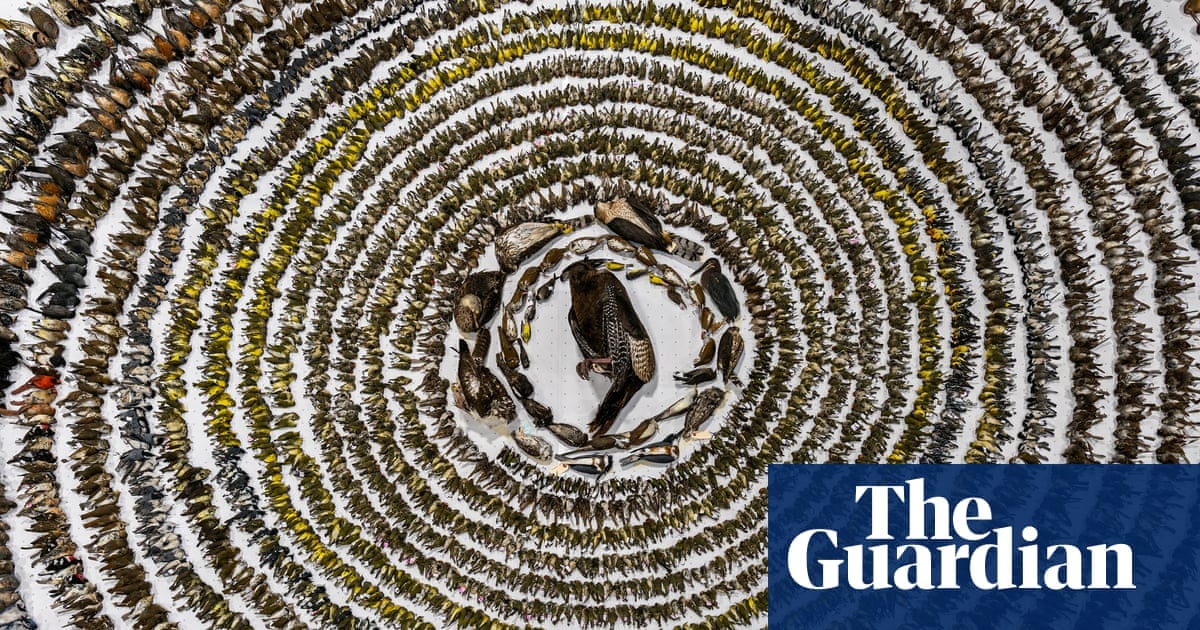Every morning at dawn, a dozen volunteers scour the streets of Toronto picking up small birds. Some days they will find hundreds of them, most already dead or dying. A few they are able to save. Live birds are put in brown paper bags and driven to wildlife recovery centres, while dead birds are put in a large freezer. If no one picks them up, their carcasses are swept up by street cleaners.
“One of my first days was really horrific,” says Sohail Desai, a volunteer with the charity Fatal Light Awareness Program (Flap) Canada, which has about 135 people patrolling the streets across Toronto. Desai was walking close to his house in the North York area in Toronto when a flock of golden-crowned kinglets flew into a 15-storey glass building.
Desai ended up taking 80 birds to the wildlife centre that day – they could not all fit in his car so he did multiple runs. Another 80 were dead, bound for the freezer. “Some of them died in my hands,” he says.



I’ve seen studies that show vertical lines on windows seem to work really well to dissuade death by window… seems like it would be a much better use of volunteer time to pinstripe windows than simply pickup dead birds every morning.
Thought I’d also seen something like that.
Watch the developers complain about “money” or some shit. They’d put us into windowless boxes if they could.
Like this: https://www.fastcompany.com/90740511/heres-what-its-like-living-in-a-windowless-dorm-built-by-a-billionaire
I’ve actually just ran along another article (I was looking for the original study that I had read, and failed to find)…
Apparently UV lines works on windows too to dissuade bird strikes.
https://wordpress.viu.ca/viubirdwindowcollisions/2018-2019/
Would probably be a good piece of legislation… Since humans can’t really even see in most of that range… Mandate that window glass manufactures pinstripe glass with UV tint in the 300-380 nm wavelength (which is above “violet”). Something like .4 mm every 2 inches or something like that… I dunno. Whatever science says is “good enough” (Damn I wish I could find the stupid study I had read).
If it’s done at the source, then developers can’t really complain all that much since ALL glass will come with it. Though cost would likely have to go up a little bit due to the added manufacturing complexity.
Actually could have other interesting effects for night vision applications… thinking things like planes would be able to see buildings with an IR camera. Black light decoration built in for Halloween… could be interesting.